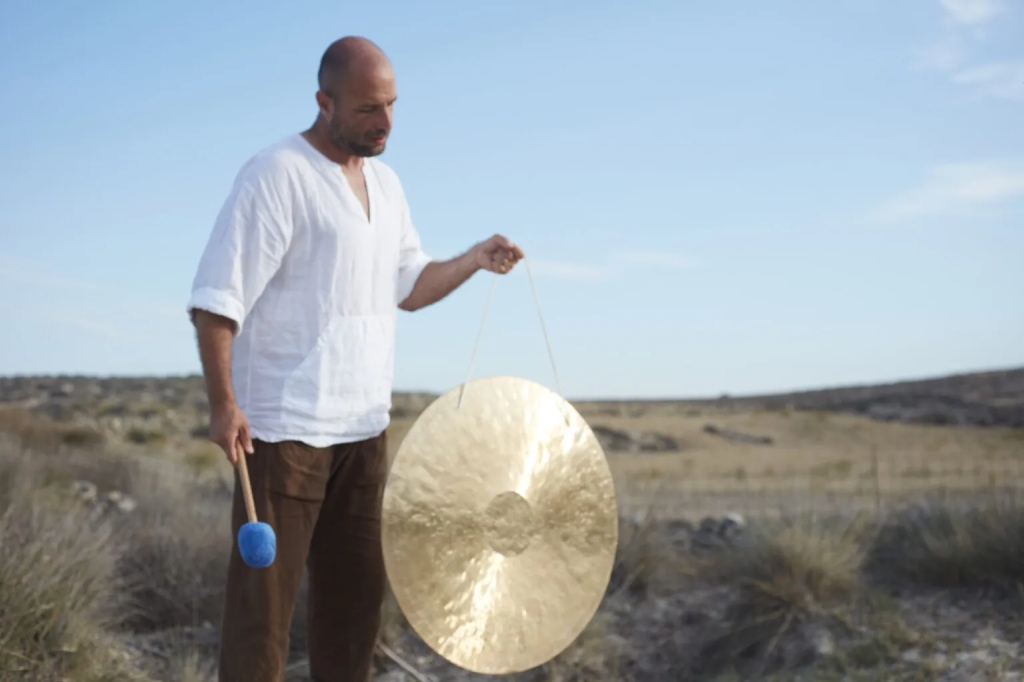In recent years, eclectic travelers seeking to enhance their well-being as part of a memorable vacation experience have created a new international trend, wellness tourism. Two-and-a-half millennia ago, these same travelers would very possibly have headed for Epidaurus.
In a way, this new trend marks a return to the wise practices of the ancient Greeks, who regarded disease as a multifaceted phenomenon to be approached through religion and medicine in parallel. In antiquity, people flocked to healing sanctuaries known as Asclepieions. There were around 30 such sanctuaries across the Mediterranean, including at Epidaurus. They were dedicated to the god of medicine, Asclepius, who was said to appear to patients during the curative dream ritual. The dream was interpreted by a priest-physician, who prescribed a cure.

The Asclepieion of Epidaurus flourished from the late 5th Century BC to the end of the Roman Era. Pilgrimages there (leaving the city for the countryside was the first step in devotional travel) were based on rituals and practices performed by priests. “Upon arrival, patients would bathe, describe their symptoms and then drink a soporific potion (whose ingredients are unknown),” says the director of the Museum of Cycladic Art, Professor Nicholas Stampolidis, who curated the museum’s hugely popular exhibition “HYGIEIA: Health, Illness, Treatment from Homer to Galen,” which ran from November 2014 to May 2015.
Epidaurus was one of the most celebrated Asclepieions of the Classical world. It grew over time, with a sanctuary, temple, altar, stoa, gymnasium, baths (there were also mineral springs), even a dining hall and a large hospice. In fact, as a destination, it had many of the facilities one might expect to find in a high-end spa resort today. Close by stood the theater of Epidaurus, which was an integral part of the healing sanctuary, for, as Professor Stampolidis points out, “performances were considered part of the therapeutic process since they were beneficial to all the senses, and could thus promote catharsis.” Patients are thought to have been “prescribed” to attend specific performances depending on their condition, and the theater’s incredible acoustics are believed to have been used for sound healing.
As first published in Greece Is








Leave a comment